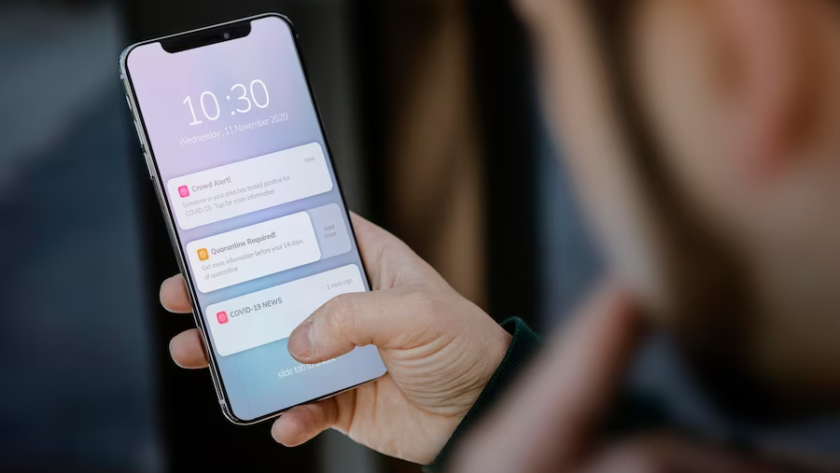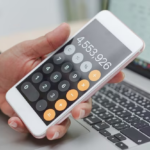Two-Factor Authentication (2FA) has become a standard in today’s digitized world, providing an additional layer of security to safeguard your accounts from unauthorized access. However, users occasionally face issues such as not receiving these verification codes on their iPhone, leading to potential inconveniences or security risks. This detailed article will delve into the roots of such problems and provide comprehensive remedies to rectify them.
Understanding the Importance of Two-Factor Authentication (2FA)
Two-factor authentication adds a second level of authentication to an account log-in. When you have to enter only your username and one password, that’s considered a single-factor authentication. 2FA requires the user to have two out of three types of credentials before being able to access an account. The three types are:
- Something you know, such as a personal identification number (PIN), password or a pattern;
- Something you have, such as an ATM card, phone, or fob;
- Something you are, such as a biometric like a fingerprint or voice print.
In this context, the second factor—the verification code—is sent to a device owned by the user, often a mobile phone. If that device is an iPhone, and the user encounters issues receiving the code, it calls for immediate investigation and resolution.
The Architecture of Sending Verification Codes
The process of sending verification codes, also known as One-Time Passwords (OTP), involves several steps:
- User Request: When a user initiates a process that requires 2FA—like logging into a bank account or changing account settings—the service provider triggers a request for secondary authentication;
- OTP Generation: The service provider creates a temporary, unique OTP for the user. This code typically expires within a short time frame for security reasons;
- Code Dispatch: The generated OTP is then dispatched via SMS to the user’s registered mobile number. Some service providers might offer other dispatch methods, such as emails or push notifications;
- User Input: The user retrieves the code from their device and inputs it on the platform requiring the secondary authentication.
It’s important to understand this architecture because it helps identify where issues might arise when verification codes are not received on the iPhone.
Key Causes for Not Receiving Verification Codes
Internet connectivity plays a crucial role in receiving One-Time Passwords (OTPs). If you don’t have a stable network connection, whether it’s Wi-Fi or cellular data, SMS or push notifications containing verification codes may not reach your device. To ensure that you can receive verification codes, make sure you have a reliable network connection.
| Cause | Description |
|---|---|
| Network Issues | Internet connectivity plays a crucial role in receiving One-Time Passwords (OTPs). If you don’t have a stable network connection, whether it’s Wi-Fi or cellular data, SMS or push notifications containing verification codes may not reach your device. |
| Incorrect Date and Time Settings | The date and time settings on your iPhone can impact various functionalities, including the reception of verification codes. OTPs often have an expiry time, and if your iPhone’s clock is not synchronized with the service provider’s, it can cause delivery issues. |
| Device Not Recognized as Trusted | Service providers often require verification codes to be sent only to trusted devices for security reasons. If your iPhone is not recognized as a trusted device, you may not receive verification codes. |
| SMS Blocking Features | Certain SMS blocking features or settings on your iPhone might unintentionally block verification codes sent via SMS. These features are designed to filter out unwanted messages or spam, but they can sometimes mistakenly categorize legitimate verification codes as spam. If you suspect this is the case, review your iPhone’s SMS blocking settings and make sure they are not blocking important messages. |
| Carrier Issues | In some cases, the issue may lie with your cellular carrier. Your carrier could be delaying or blocking the delivery of SMS verification codes. This can happen due to technical glitches or security measures implemented by the carrier. If you consistently experience problems receiving verification codes, it may be worth contacting your carrier’s customer support to investigate the issue further. |
Detailed Solutions for Verification Code Issues
Solution 1: Check Network Connection
A poor network connection can hinder the delivery of OTPs. Consider these points to resolve such issues:
- Check your Wi-Fi signal strength. If it’s weak, try moving closer to the router or resetting it;
- If the problem persists with Wi-Fi, switch to cellular data if possible. Check if your cellular data is activated and you have sufficient data balance;
- If you’re still having issues, restart your iPhone. This often helps to refresh network settings and solve minor software glitches;
- Lastly, you might need to reset your network settings. However, remember that this will erase all your saved Wi-Fi passwords, VPN settings, and similar data.
Solution 2: Correct Date and Time Settings
Correcting the date and time settings on your iPhone involves the following steps:
- Go to Settings.
- Tap on “General.”
- Click on “Date & Time.”
- Switch on “Set Automatically.” This ensures your iPhone will update the time and date according to your location.
If this does not solve the issue, you may need to set the date and time manually.
Solution 3: Mark Device as Trusted
Here’s how you can mark your device as trusted:
- Login to your account on the service you’re trying to access;
- Navigate to the security settings;
- Look for a section called “trusted devices” and follow the instructions to add your iPhone.
Solution 4: Review SMS Blocking Features
To ensure that SMS blocking settings are not causing the problem:
- Open Settings.
- Tap on “Messages.”
- Tap on “Unknown & Spam.”
- Make sure “Filter Unknown Senders” is off.
Solution 5: Contact Your Carrier
If the issue still persists, the problem could be with your cellular carrier. They may have filters in place that block certain types of SMS, like those from short codes which are often used for OTPs.
Conclusion
By understanding these various causes and solutions to not receiving verification codes on your iPhone, you should be well-equipped to troubleshoot and overcome this common yet important issue. As 2FA becomes increasingly necessary in digital security, ensuring seamless operation is essential for every iPhone user.
FAQ
It’s recommended to contact the customer support of the service you’re trying to access. If the problem is not service-specific, reaching out to Apple support can also be beneficial.
Network availability, international roaming restrictions, or even time zone differences can impact your ability to receive verification codes.
Typically, verification codes should arrive within a few minutes. However, this can depend on factors such as network speed, service provider, and the current load on the SMS gateway.



